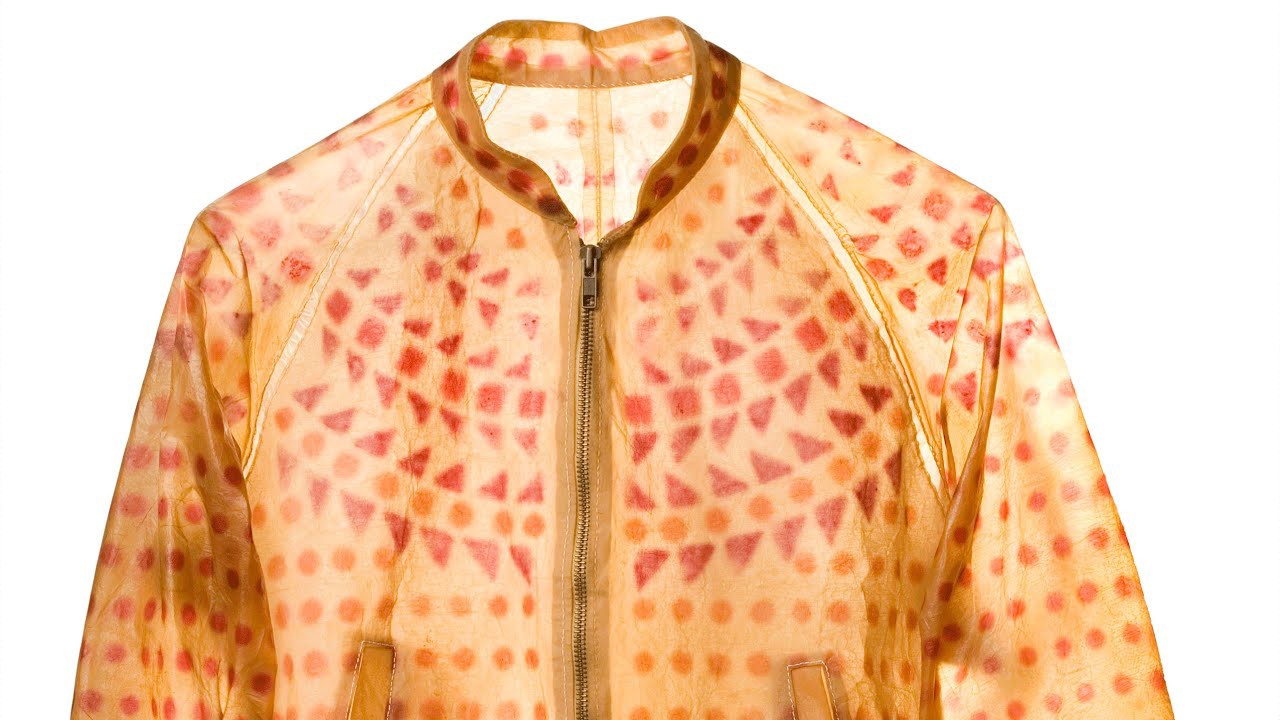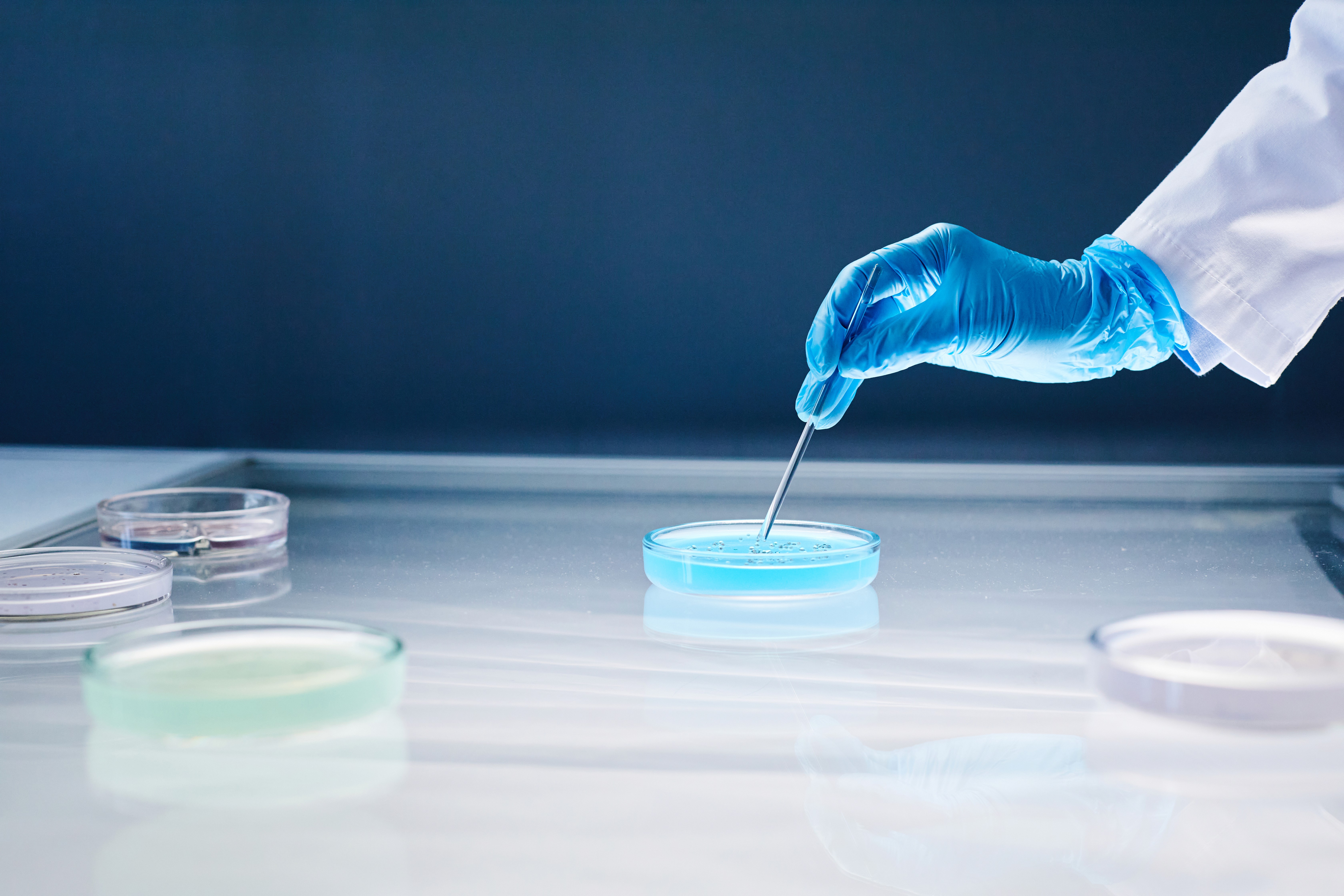Did you know that bacterial cellulose (BC) is 100 times thinner than human hair, yet incredibly strong? This remarkable material, produced by bacteria such as Gluconacetobacter xylinus, is revolutionizing fields like nanotechnology and biomedicine, while also playing a critical role in sustainability. Its fine nanofiber structure provides unique properties that open the door to countless innovative applications. In this article, we will explore the key characteristics of bacterial cellulose and how it is shaping the future of technology and environmental responsibility across various industries.
What Is Bacterial Cellulose and Why Is It So Innovative?
Bacterial cellulose (BC) is a unique type of cellulose synthesized by certain bacteria through fermentation. Unlike plant cellulose, bacterial cellulose forms a web of nanofibers, creating a gel-like or film-like material with remarkable mechanical strength, flexibility, and water absorption capabilities. These distinct properties make bacterial cellulose highly versatile in a range of applications, from advanced materials to medical treatments, and even environmental technologies.
Bacterial cellulose is noteworthy for its nanoscale architecture. The nanofiber network provides a high surface area, making it ideal for technologies requiring precision and efficiency. Its ability to form dense, uniform networks gives it a significant edge in cutting-edge applications, offering exciting possibilities for industries looking to innovate.
Key Characteristics of Bacterial Cellulose:
Strength and Flexibility: Despite its thin and delicate appearance, bacterial cellulose is incredibly strong. Its nanofibers are tightly interwoven, providing resistance to mechanical stress while maintaining flexibility.
High Surface-to-Volume Ratio: The fine structure of bacterial cellulose gives it a much larger surface area than other materials, enhancing its performance in sensors, filtration, and catalysts.
Barrier and Absorption Properties: Bacterial cellulose forms thin films with excellent barrier properties against gases and liquids, making it ideal for packaging, membranes, and coatings.
BioCouture by Suzanne Lee: Clothing grown from bacterial cellulose innovation.
Advanced Applications in Nanotechnology
Bacterial cellulose’s unique nanofiber structure is transforming the field of nanotechnology. Its ability to create dense, uniform networks opens new possibilities for advanced materials with exceptional mechanical and functional properties. As such, bacterial cellulose is becoming a critical component in a wide range of cutting-edge technologies, with its applications continuing to expand.
Flexible Electronics
Bacterial cellulose is a key material in the development of flexible electronics. Devices like flexible displays, smartwatches, and smart textiles require materials that are both durable and flexible. Bacterial cellulose’s combination of strength and flexibility makes it ideal for these applications. It also serves as a platform for integrating sensors and electronic components into wearable technology, enhancing both consumer products and the user experience.
Advanced Composite Materials
In industries like aerospace, automotive, and construction, there is growing demand for materials that are both lightweight and strong. Bacterial cellulose-infused composites improve mechanical performance without adding significant weight. This is especially beneficial in aerospace, where weight reduction can lead to fuel savings and reduced environmental impact.
Precision Sensors
Bacterial cellulose’s high surface area and absorbent properties make it ideal for developing sensitive sensors. BC-based sensors can detect minute changes in environmental conditions, which is useful in environmental monitoring, medical diagnostics, and food safety. This makes bacterial cellulose a promising solution for next-generation sensors, enhancing the precision of these devices.
A Sustainable Solution: Environmental Impact of Bacterial Cellulose
Bacterial cellulose’s biodegradability, non-toxicity, and ability to be produced from renewable resources make it an ideal solution for some of today’s most pressing environmental challenges. Bacterial cellulose can be sourced from agricultural waste, reducing the need for new raw materials. Its environmental benefits extend far beyond production, contributing to a more sustainable future.
Reducing Plastic Waste
Conventional plastics take centuries to decompose and are a major environmental issue. Bacterial cellulose offers a biodegradable alternative that naturally breaks down into water and carbon dioxide without leaving toxic residues. This makes bacterial cellulose highly attractive in packaging and disposable products, helping reduce plastic pollution.
Circular Economy Contributions
Bacterial cellulose aligns with the principles of a circular economy, as products made from BC can be designed for reuse, recycling, or biodegradation. This ensures minimal environmental impact throughout the entire product lifecycle. Bacterial cellulose promotes innovation in product design focused on sustainability, helping companies meet both consumer demand and environmental regulations.
Biodegradability and Resource Efficiency
Bacterial cellulose’s production is resource-efficient, requiring fewer raw materials than synthetic alternatives. It can be produced using waste products from other industries, further reducing the demand for virgin materials. The rapid biodegradation of bacterial cellulose ensures that it doesn’t contribute to long-term waste accumulation in landfills or oceans, making it a truly sustainable material with wide potential uses.
Bacterial cellulose from bacteria of the genus Acetobacter: Acetobacter xylinum (reclassified as Gluconoacetobacter xylinus). Credits: Armando Matoso Aguilar
Bacterial Cellulose in Biomedicine: Revolutionizing Healthcare
Bacterial cellulose’s biocompatibility and unique properties have made it a game-changer in biomedicine. From wound healing to tissue regeneration, bacterial cellulose is used to develop new medical technologies that improve patient outcomes while reducing risks. Its applications in healthcare are expanding rapidly.
Advanced Wound Care
Bacterial cellulose has been widely adopted in wound care, particularly for chronic wounds, burns, and ulcers. BC-based dressings maintain a moist environment that promotes faster healing and acts as an effective barrier against bacteria, reducing the risks of infection. These properties make bacterial cellulose ideal for advanced wound treatments, offering better patient outcomes and quicker recovery times.
Tissue Engineering and Regeneration
Bacterial cellulose’s nanofiber structure makes it an excellent scaffold for tissue regeneration. It is being used to grow new tissues, such as skin, cartilage, and bone, offering exciting possibilities in regenerative medicine. This allows damaged tissues to be replaced with engineered tissues that integrate seamlessly with the body. Research is also exploring bacterial cellulose’s potential in creating artificial organs for transplants, which could revolutionize organ donation and transplant procedures.
Bacterial cellulose is poised to play a key role in shaping the future of technology, sustainability, and healthcare. Its unique combination of strength, flexibility, and environmental benefits makes it a transformative material across multiple industries. As research advances, bacterial cellulose will continue to drive innovation and open new possibilities for sustainable solutions and cutting-edge technologies.
At Q Studio, we are committed to turning innovations like bacterial cellulose into real-world solutions. By blending visionary technology with strategic insight, we help create sustainable opportunities that address today’s challenges and shape the future.






